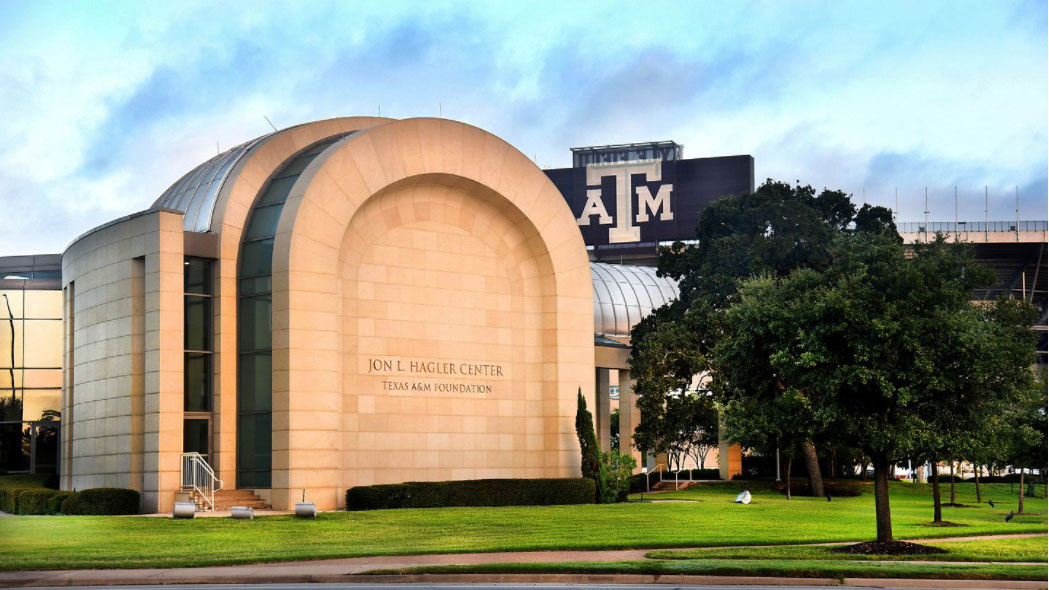
From buildings to biomedical devices, temperature management is a common challenge engineers face. But what if a material existed that could solve these problems in an energy-efficient manner?
Led by Texas A&M University researcher Dr. Svetlana Sukhishvili, a multidisciplinary team has received funding to study high-salinity polymers known as salogels. The team will apply its diverse expertise to develop novel star-shaped polymers that, when combined with salogels, can improve thermal energy storage.
Sukhishvili, a professor in the materials science and engineering department, recently coined the term “salogel” after developing polymer gels in inorganic salt hydrate (ISH) solvents. Other gels use different materials as solvents, such as water in the case of hydrogels.
The team has received a Designing Materials to Revolutionize and Engineer our Future (DMREF) grant from the National Science Foundation to continue researching the polymers. Sukhishvili’s expertise in polymer synthesis, characterization and assembly makes her well equipped to lead the multidisciplinary team, which also includes Dr. Michael Dimitriyev from the Department of Materials Science and Engineering, Dr. Jeetain Mittal from the Artie McFerrin Department of Chemical Engineering, Dr. Emily Pentzer from the Department of Chemistry, Dr. Boran Ma from the University of Southern Mississippi, and Dr. Pijush Ghosh from the Indian Institute of Technology Madras.
“I am excited to lead this group of outstanding researchers to study and develop better, more robust salogels for thermal energy storage,” Sukhishvili said. “The fundamental understandings gained from our work will enable the development and translation of ISH-based salogels for thermal energy storage technologies.”
The overall goal of this research is to expand targeted applications of salogels. Applications include cooling buildings — either by integration within building air conditioning systems or building components such as roof panels, walls or floors — and temperature regulation of biomedical patches and devices.
Currently, using salogels in bulk for thermal energy storage is not practical due to problems like supercooling and leaking during thermal cycling. Researchers hope that by incorporating theory-simulation machine learning they can develop a well-defined star-shaped block copolymer to help control the thermal and mechanical properties of salogels, allowing them to be tailored to specific applications. The use of machine learning will help researchers overcome the trial-and-error approach that is typically used for this type of research.
"The composition of our team allows us to tackle the study of these new, complex, responsive soft materials by combining multiple computational and experimental approaches,” said Dimitriyev, an assistant professor of materials science and engineering. “These approaches span multiple scales, from probing new intermolecular environments to the design of polymer networks that self-assemble or disassemble in response to environmental conditions.”

